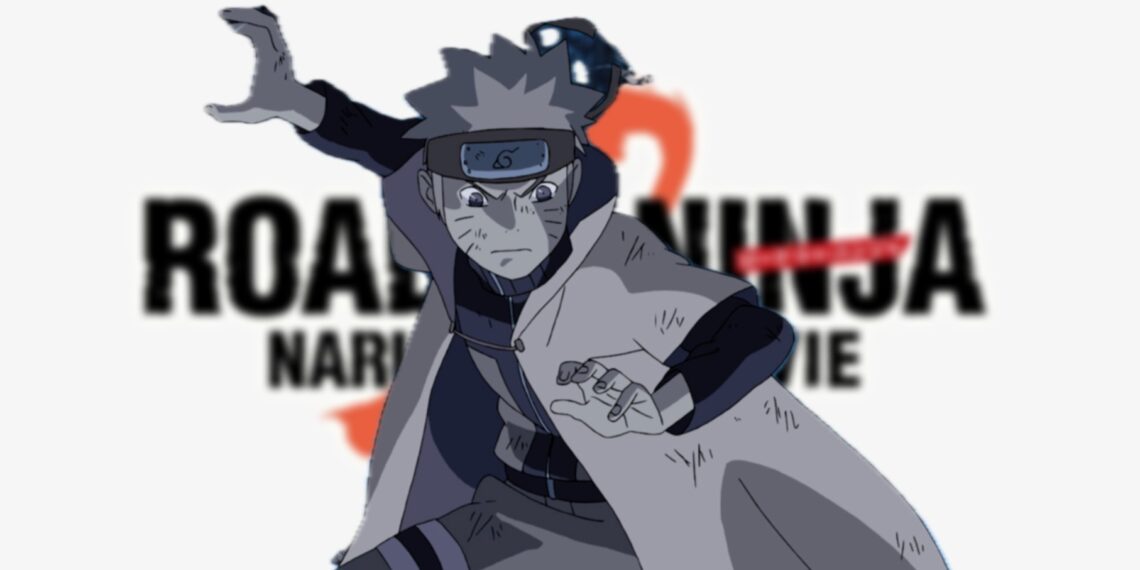While often regarded as the highest-quality Naruto film ever made, Road to Ninja has not achieved the same widespread fame and devotion from fans as other canonical installments in the franchise.
One contributing factor is that this movie exists outside of the accepted Naruto storyline and continuity.
Yet a number of years after initially releasing Road to Ninja, the creators appeared to integrate aspects of its narrative into the mainstream plotline, including obliquely referencing the movie’s central antagonist, Menma, in a later Shippuden episode.
Though never expressly stated, this moment implies the creators may now consider Road to Ninja and its contents as relevant to the broader Naruto world and characters.
Despite remaining non-canon, the movie may carry more weight and connection to the core saga than once thought.
Upon its premiere, Road to Ninja was met with enthusiastic praise from reviewers and critics as arguably the best Naruto movie produced up to that point.
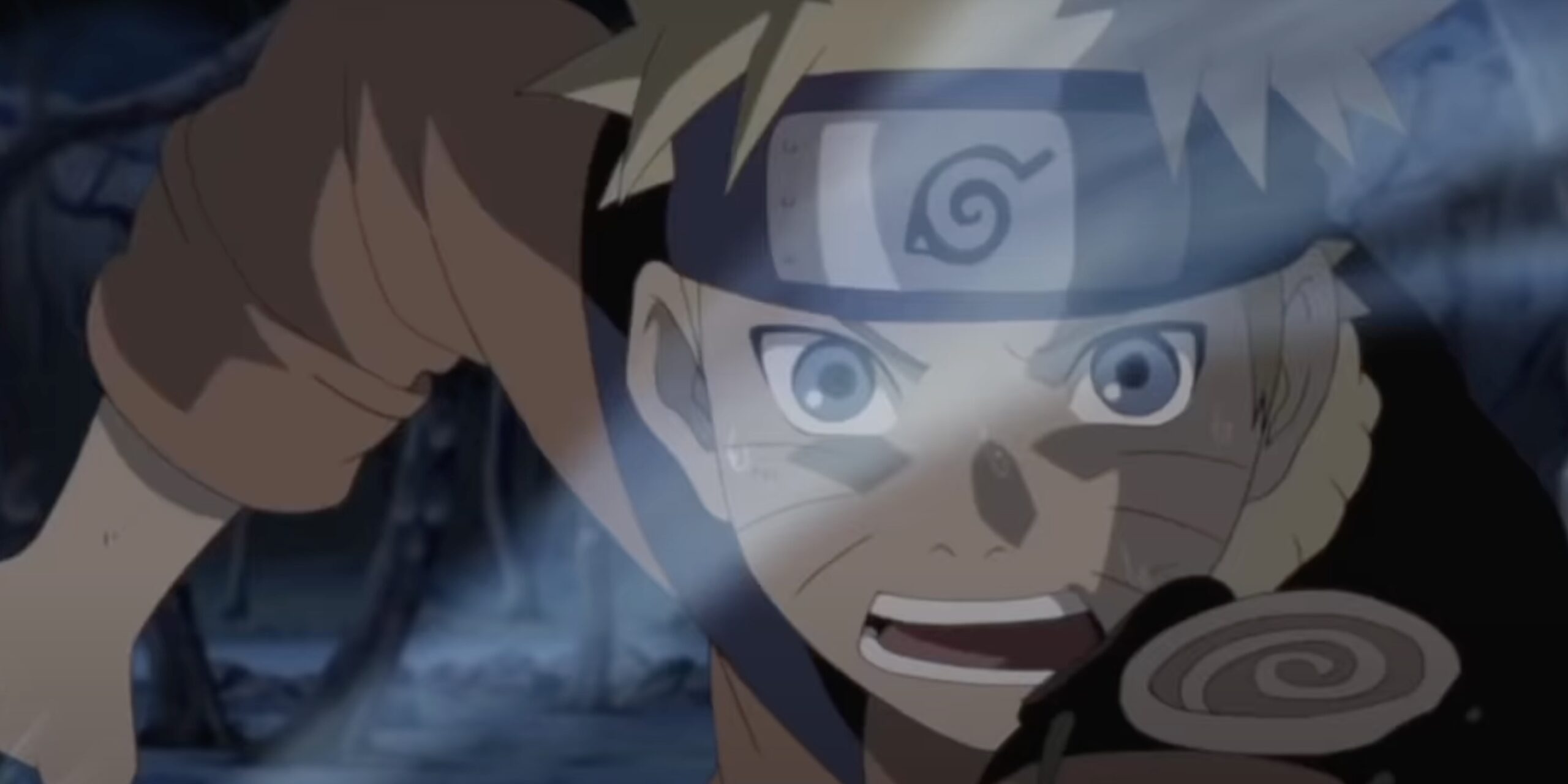
A key part of its appeal was likely the film’s central villain – Menma, an alternate darker version of Naruto who manifests in a tragic world where Naruto never formed bonds with his village.
It is compelling that such an acclaimed side story exists separate from the accepted in-universe continuity since non-canon tales rarely garner significant attention compared to plot-progressing events.

This positive reception clearly resonated with series creator Masashi Kishimoto, who stated in an interview that he hoped all fans would appreciate the movie’s narrative and messages.
Moreover, Kishimoto later posted celebratory artwork depicting Menma and Naruto together, thanking viewers for supporting the movie while encouraging their continued investment in Naruto’s heroic journey.

Speculatively, Kishimoto may have unofficially welcomed Road to Ninja into the canon through these actions. At a minimum, he seemingly recognizes the meaningful connections it forges between characters and fans alike.
Masashi Kishimoto’s Quiet Embrace of ‘Road to Ninja’
In a noteworthy move, Masashi Kishimoto later authored an additional one-shot manga that expanded upon the story and characters from Road to Ninja.

By personally writing and drawing this supplementary narrative, Kishimoto demonstrated an invested interest in developing the movie’s lore outside of the film itself.
This level of involvement implies he considers Road to Ninja to bear meaningful connections to the broader Naruto world that are worth exploring through additional content.

However, this one-shot remains obscure even among diehard Naruto fans, likely because it shares the exact same title as the movie.
This makes it easy to mistake the manga as a straightforward printed adaptation rather than a standalone narrative addition.
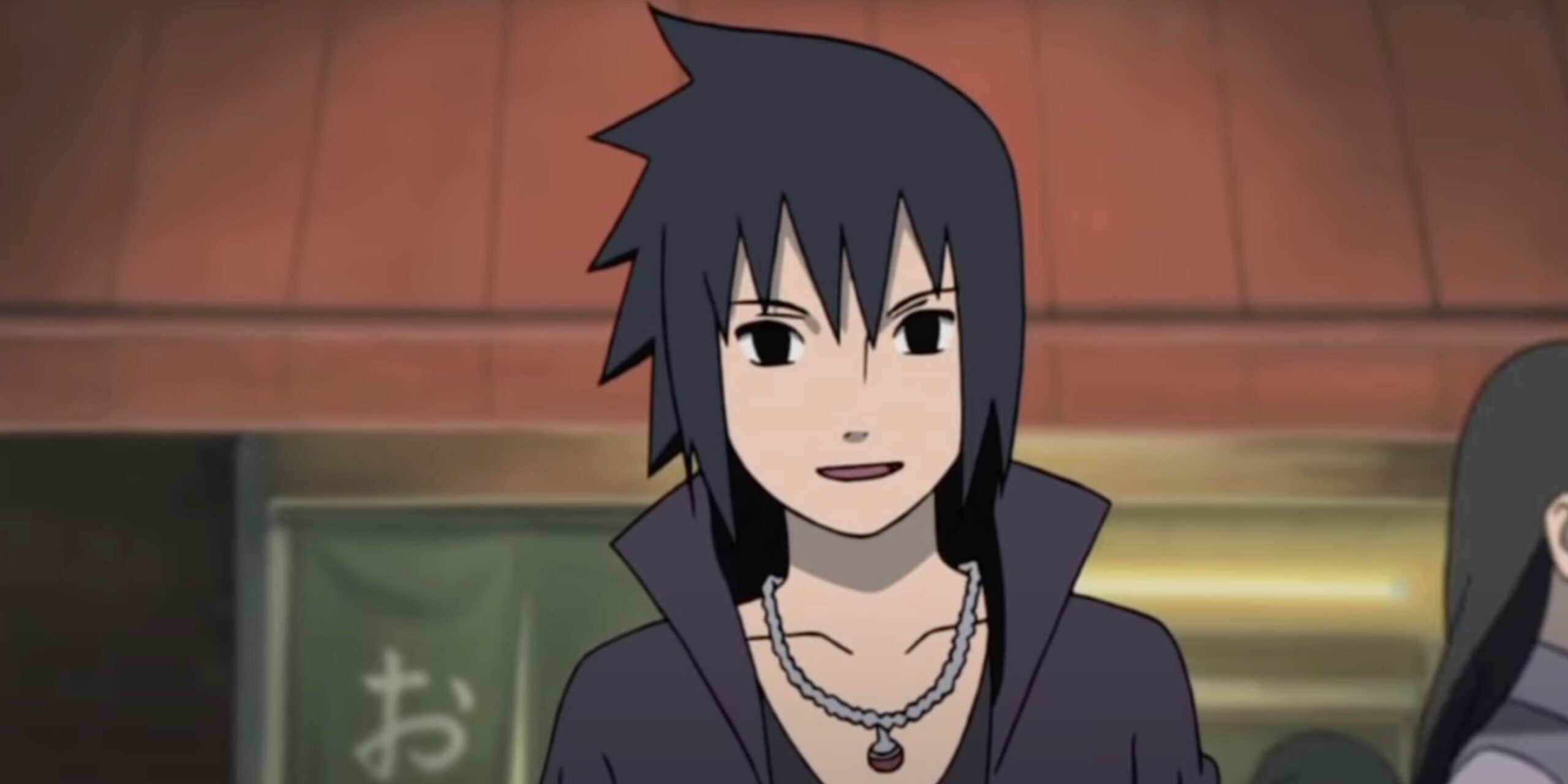
The anime brought this supplementary tale to life in Shippuden Episode 311, wisely amending the title to “The Prologue of Road to Ninja” to better indicate the one-shot’s role in expanding the backstory of the film, not just rehashing previous events.
Between authoring this prologue and posting celebratory Menma/Naruto artwork, Kishimoto has subtly but notably spotlighted Road to Ninja’s relevance through his own creative works.
Linking Emotional Context to Road to Ninja’s Alternate Reality
The 2012 Naruto film Road to Ninja, directed by Hayato Date, chronicles Naruto and Sakura after they are transported to a parallel reality dubbed the Genjutsu World.
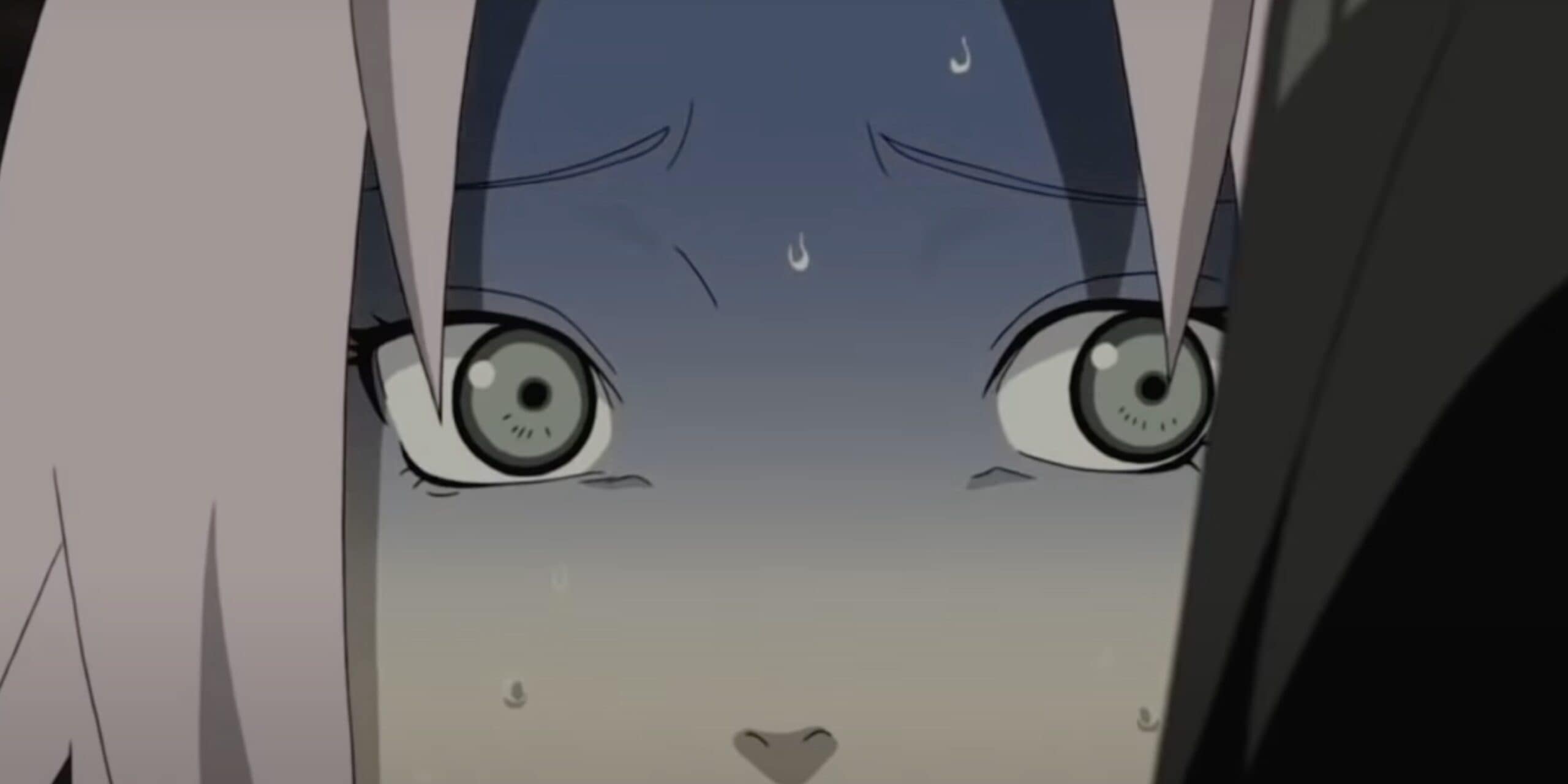
They are brought there by Tobi, who aims to exploit their inner vulnerabilities and extract the Nine-Tails’ chakra from Naruto for his own motives in the core Naruto universe.
The backdrop to these critical events is detailed in Shippuden Episode 311, which spotlights the day preceding when Tobi first crosses paths with Naruto and Sakura.
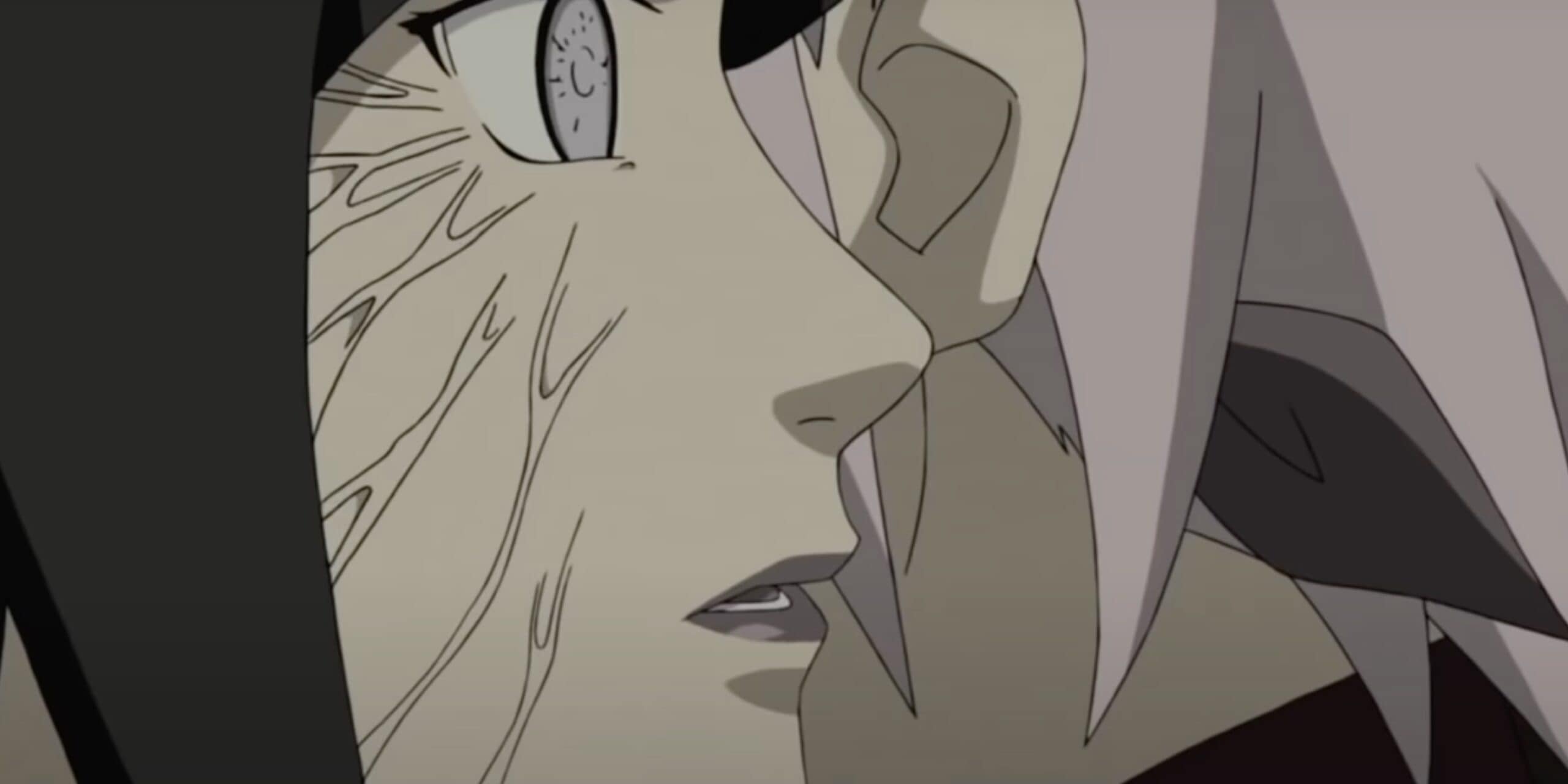
A key revelation is that Tobi’s Limited Tsukuyomi technique requires understanding a target’s psychological weaknesses to work most effectively.
Hence, the episode sheds light on Naruto’s profound struggles with loneliness and isolation, as well as Sakura’s twin desires to earn Sasuke Uchiha’s devotion and break free of her very strict parents.
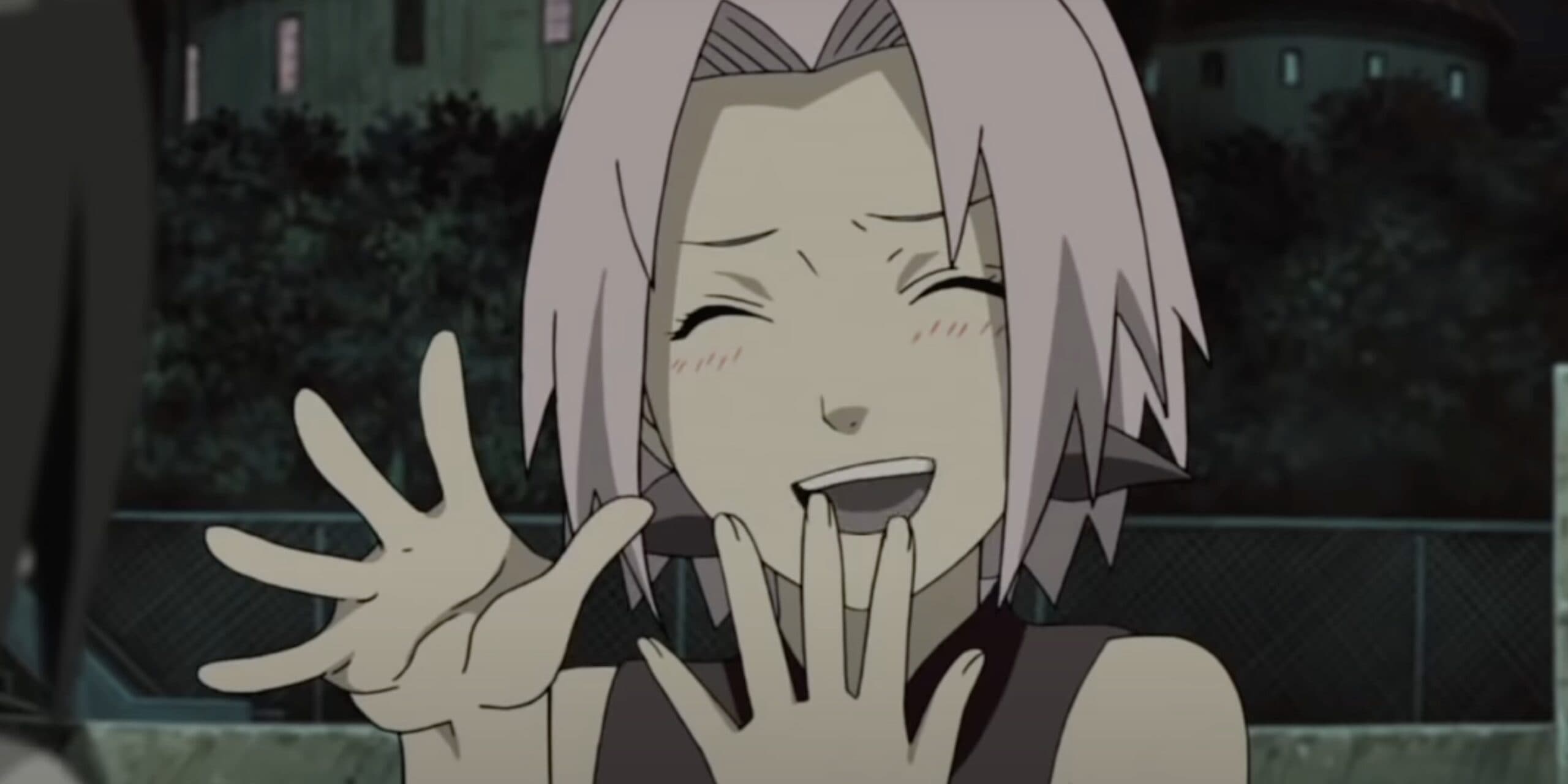
These emotional conflicts are illuminated subtly through a relaxing onsen trip Naruto, Sakura, and friends take during their day off, making the impending danger facing them even more striking.
By contextualizing their vulnerabilities, Episode 311 crucially links Road to Ninja’s alternate reality to the characters and world known to fans.
This Non-Canon Tale with Unprecedented Impact on the Naruto Universe
Considering the unusual depth of focus and interconnected content spawned from Road to Ninja after its initial release, the movie has received atypical notoriety and attention from creator Masashi Kishimoto compared to most Naruto filler or non-canon narratives.
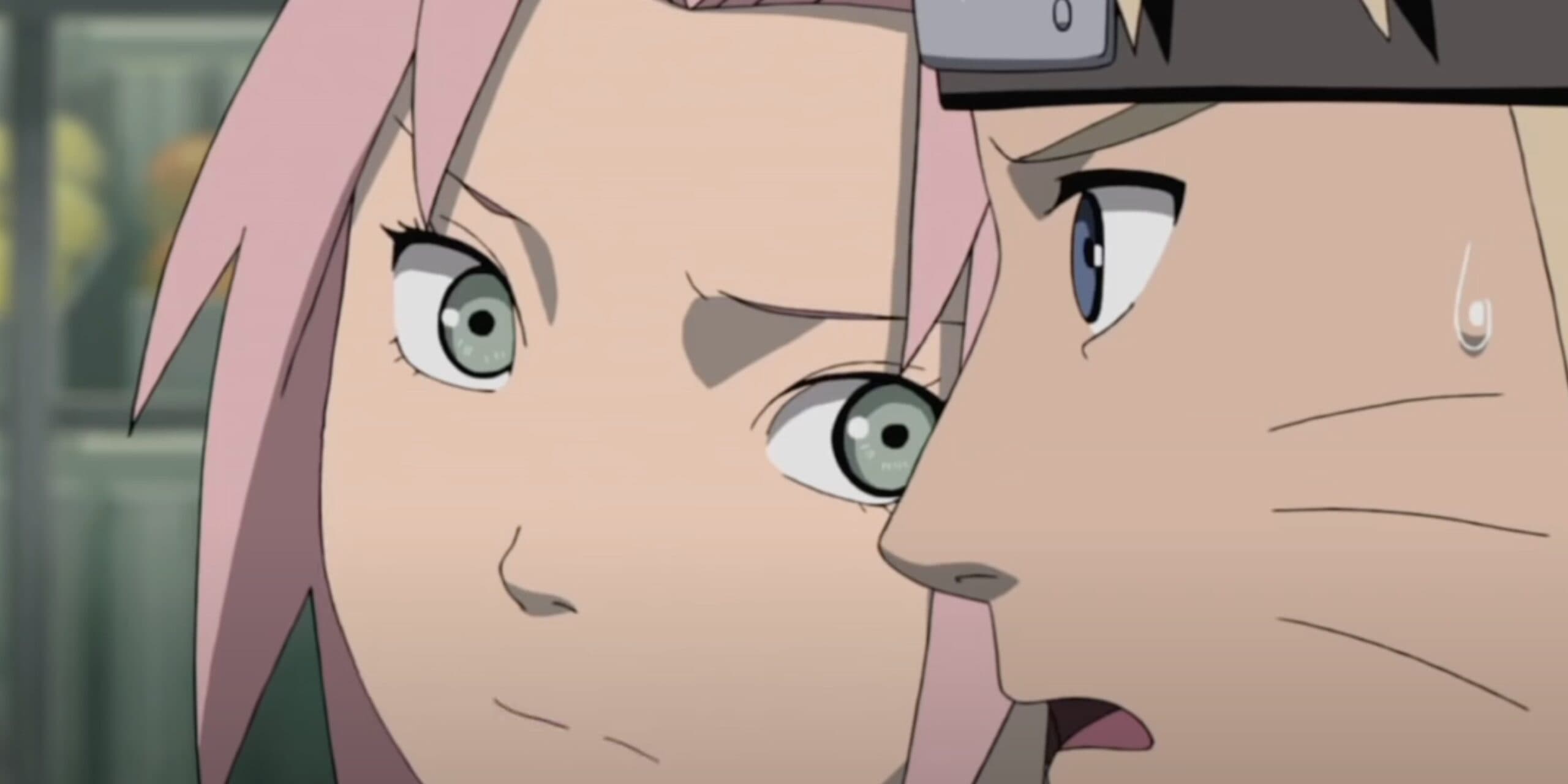
From ancillary manga expansions to the celebratory comments and art from Kishimoto himself, Road to Ninja has clearly resonated with and impacted the core storytelling in many ways.
Yet despite these tangible creative links and the merit of the movie’s alternate worldbuilding, Road to Ninja still remains categorized as separate from the established Naruto canon, according to most fan perceptions.
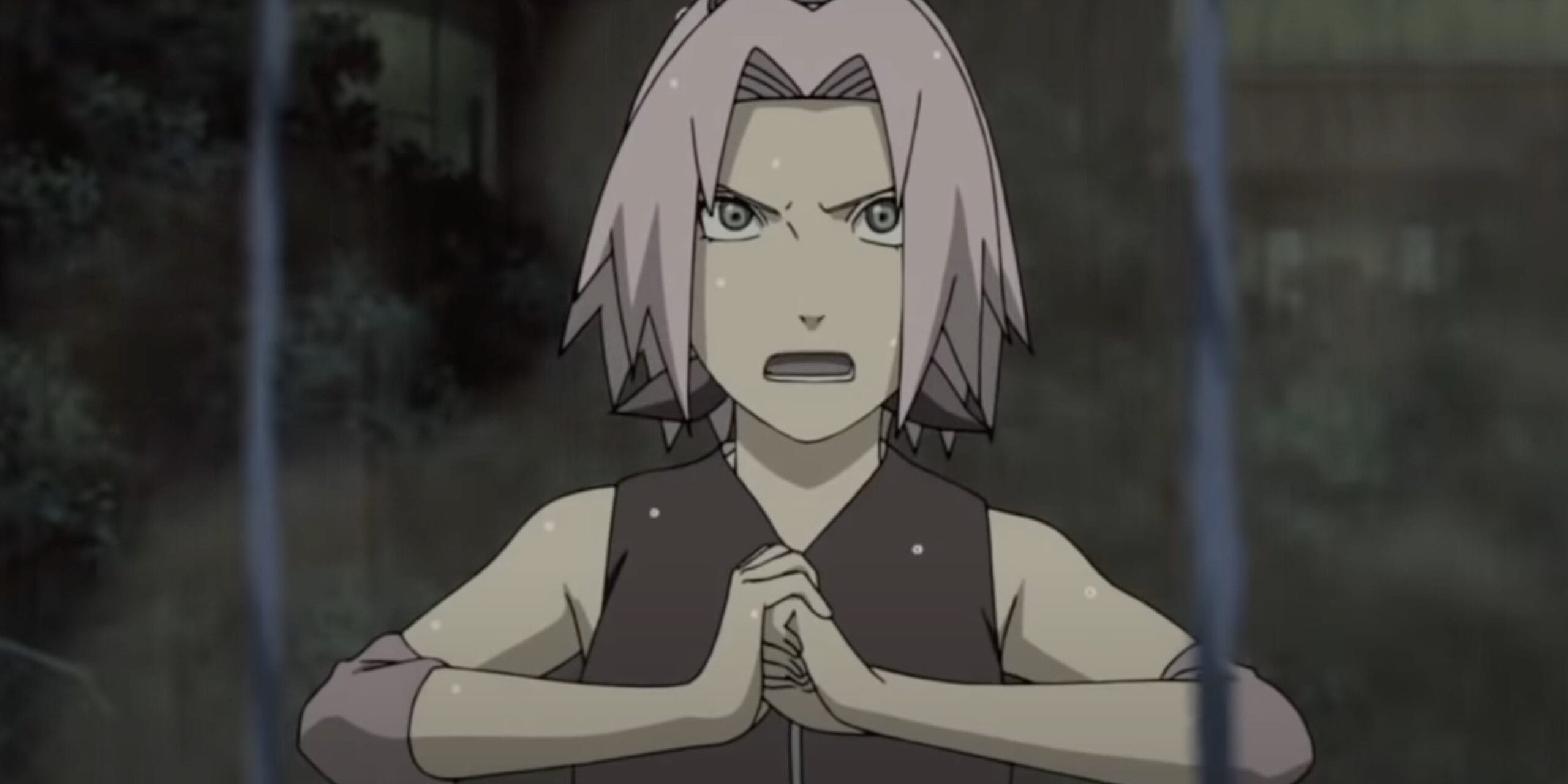
This paradox begs a speculative but valid question – given the clear creative enthusiasm and effort to associate Road to Ninja with the broader Naruto universe, what more would be required for fans and the franchise itself to elevate the movie into accepted canon?
Arguably, no non-canon Naruto storyline has come closer to achieving that mythical status. While it may never be officially dubbed canon, Road to Ninja has become deeply interwoven with the fabric of Naruto in many unprecedented aspects.

